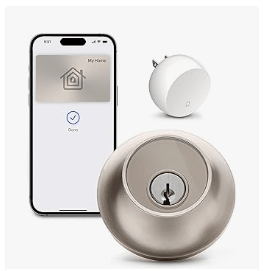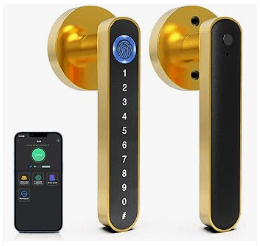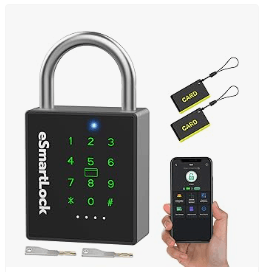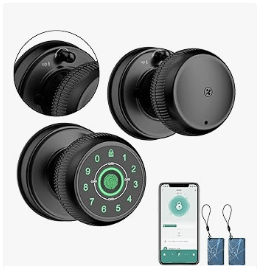smartlocks-ai
Discover Advanced Smart Lock Solutions for Modern Security
Upgrade your home security with advanced smart locks designed for modern convenience, reliability, and peace of mind
Smart Locks: An Overview of Modern Security Solutions
In a rapidly evolving technological world, smart locks are revolutionizing how we secure our homes and businesses. This post dives deep into the functionality, benefits, and future of smart locks, offering a comprehensive guide for anyone curious about this innovative technology.
The Evolution of Smart Locks: Keyless Security for Modern Living
Smart locks are advanced electronic devices designed to replace traditional mechanical locks, offering keyless access to homes, businesses, and other spaces. They combine convenience, security, and innovation, making them an integral part of smart home ecosystems. First conceptualized in the early 2000s, smart locks have since evolved, leveraging wireless communication technologies and integrating with various digital platforms to enhance user experience.
How Smart Locks Work
At their core, smart locks rely on three main components:
- Hardware: The physical locking mechanism that secures the door.
- Firmware: The embedded software that processes commands.
- Connectivity Module: Wireless technologies like Bluetooth, Wi-Fi, or Z-Wave for communication.
Users can operate smart locks through mobile apps, voice assistants, or physical keypads. Many models also feature backup mechanical keys for emergencies.
Wireless Protocols
Benefits of Smart Locks
- Keyless Convenience: Say goodbye to lost keys. Unlock your door with a smartphone, code, or fingerprint.
- Remote Access: Lock and unlock doors from anywhere using a mobile app.
- Enhanced Security: Features like tamper alerts and activity logs provide added peace of mind.
- Integration with Home Automation: Smart locks work with systems like Alexa and Google Assistant, allowing voice-controlled locking.
- Customization: Set temporary access codes for guests or service providers.
Types of Smart Locks
1. Deadbolt Smart Locks: Perfect for standard doors, these replace traditional deadbolts with electronic or motorized systems.
2. Lever Handle Smart Locks: Best suited for interior doors, offering easy integration with existing handles.
3. Padlock-Style Smart Locks: Portable and versatile, ideal for securing gates, sheds, or lockers.
4. Fingerprint-Enabled Locks: Provide biometric security, allowing access only to registered users.
5. Hybrid Models: Combine multiple access methods, such as fingerprints, codes, and smartphone connectivity, for maximum flexibility.
Features of Modern Smart Locks
- Remote Locking/Unlocking: Operate the lock from anywhere using a smartphone app.
- Activity Logs: Track who accessed your home and when.
- Tamper Alerts: Receive notifications in case of unauthorized attempts.
- Biometric Access: Use fingerprints for enhanced security.
- Voice Assistant Integration: Lock and unlock doors using Alexa, Google Assistant, or Siri.
Installation Process
While some smart locks are designed for DIY installation, others require professional assistance. Here’s a general overview:
Tools Needed: Screwdriver, drill, and possibly a mounting plate.
Steps: Remove the existing lock. Install the smart lock hardware. Connect it to the app or home hub.
Challenges: Compatibility issues with older doors or misaligned frames may require additional modifications.
Smart Lock Security
Security remains a top concern with smart locks.
Key measures include:
- Encryption: Modern locks use AES-128 or AES-256 encryption to protect data.
- Two-Factor Authentication (2FA): Adds an extra layer of security.
- Firmware Updates: Regular updates address vulnerabilities.
Top Brands and Models
1. August Smart Locks: Known for retrofit designs, they’re easy to install and feature robust app control.
2. Schlage Encode: Offers built-in Wi-Fi for seamless connectivity.
3. Yale Assure: Features a sleek design with multiple unlocking methods.
4. Kwikset Halo: Provides user-friendly app control and excellent security features.
5. Eufy Security Smart Lock Touch: Combines fingerprint scanning with app integration.
6. Teeho: Focused on affordability and reliability, Teeho smart locks provide essential security features with easy installation, making them an ideal choice for budget-conscious users.
Smart Locks vs Traditional Locks
Security
Convenience
Cost
Maintenance
Tamper alerts, activity logs
Keyless access
Higher upfront cost
Requires software updates
Robust mechanical security
Requires physical keys
Generally more affordable
Minimal maintenance
Compatibility with Smart Homes
Smart locks integrate seamlessly with platforms like:
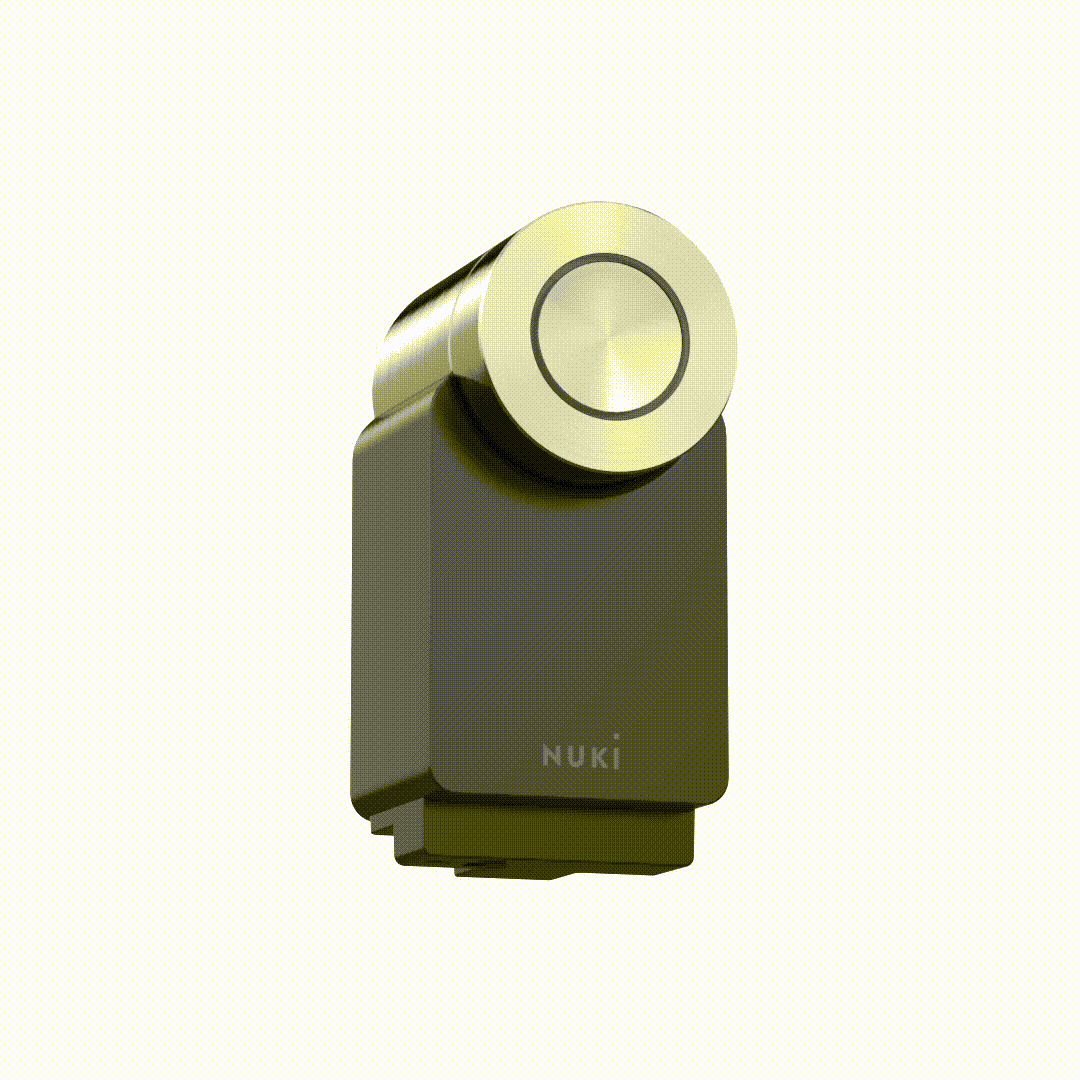
- Alexa and Google Assistant: Voice-controlled locking and unlocking.
- Apple HomeKit: Advanced automation features.
- SmartThings: Unified control of multiple smart devices.
Cost and Affordability
Smart locks range from $50 to $400 depending on features and brand. While they may have a higher initial cost than traditional locks, their long-term benefits often outweigh the expense.
Common Concerns About Smart Locks
- Power Outages: Most models have backup options like mechanical keys or battery power.
- Connectivity Issues: Reliable internet and firmware updates are essential.
- Hacking Fears: Using strong passwords and enabling 2FA mitigates risks.
Future of Smart Locks
The future promises exciting advancements such as
- AI-Powered Security: Predict and prevent unauthorized access.
- Improved Biometric Systems: Faster and more accurate fingerprint recognition.
- Advanced Integrations: Greater compatibility with IoT devices.
Smart Locks for Businesses
Businesses benefit from
- Access Control Systems: Manage who can enter specific areas.
- Multi-User Management: Assign unique access credentials to employees.
- Enhanced Monitoring: Activity logs for auditing purposes.
Environmental Impact
While smart locks consume energy, their efficient designs and materials minimize their carbon footprint. Opting for energy-efficient models can further reduce environmental impact.
FAQs About Smart Locks
While hacking is possible, strong passwords, 2FA, and encryption significantly reduce risks.
Most locks have backup options like mechanical keys or battery-powered operation.
Many models are retrofit-friendly and work with standard door hardware.
Batteries typically last 6–12 months, depending on usage and connectivity.
Not all models need Wi-Fi; some rely on Bluetooth or Z-Wave for operation.
For convenience, security, and integration, smart locks are a valuable investment.
Conclusion
Smart locks represent a significant leap forward in security and convenience, transforming how we interact with our spaces. As technology continues to evolve, they’ll only become more efficient, secure, and indispensable for modern living.
© Latin Web Service 2025




